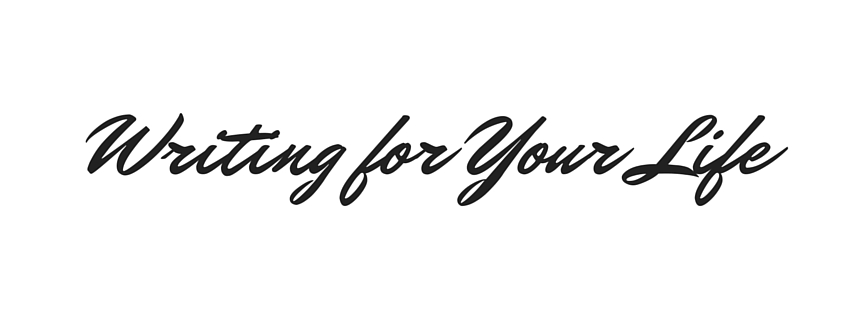What do I work with when I’m in this left-brain stage? Well, as a storyteller, I sketch out a plot as best I can. I’ve usually free-written about characters, giving myself at least a page or two of information about every person in the story. Now I take that information about every person in the story. Now I take that information, set the characters side by side and begin to analyze how these characters, with their unique backgrounds and personalities, will interact with one another. To look at all this I need to be logical. I need to ask myself how a woman in her thirties whose career is in the navy will respond to, say a fifty-something Vietnam vet-or a fifty-something draft dodger. What would the conversation be like between a sixty-year-old Iowa farmer and a forty-year-old psychotherapist? I’m taking the raw information about characters and putting it in some kind of order that tells me what these various relationships might look like.
I’m also trying to figure out what viewpoint and tense will give the story its best voice. This is mainly by trial and error, but it’s quite analytical. It’s also creative-all of it is creative, but it’s not the same as that initial creative flow. This work involves a more directed and thoughtful sort of creativity.
– from “The Soul Tells a Story: Engaging Creativity with Spirituality in the Writing Life” by Vinita Hampton Wright Loyola Press
